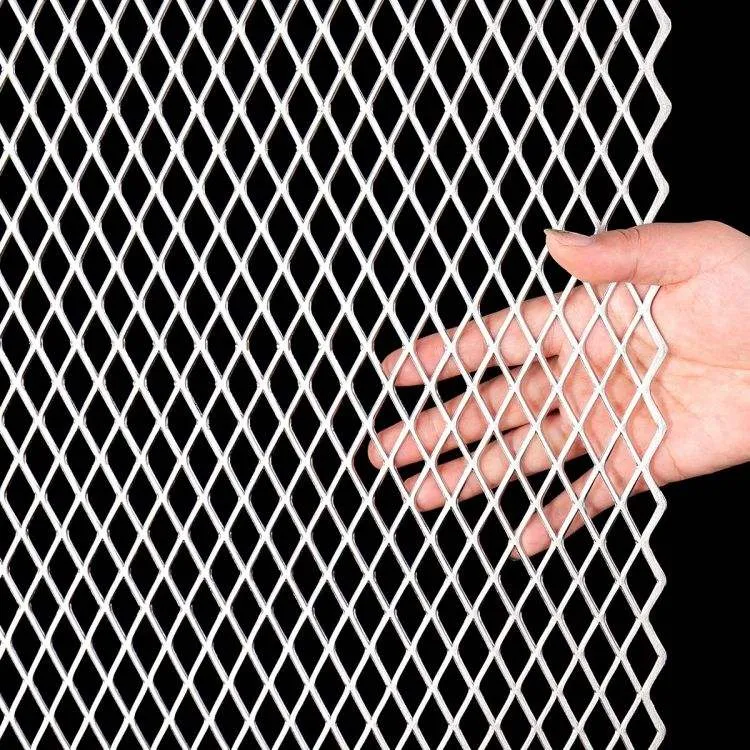The Evolution and Importance of Noise Fences
In today's fast-paced world, noise pollution has grown into a pressing concern for urban and suburban areas alike. As cities expand and industries flourish, the clamor of traffic, construction, and other human activities has increasingly encroached upon the peace of residential neighborhoods. To combat this escalating issue, engineering solutions like noise fences, also known as sound barriers, have become essential components in the landscape of noise mitigation.
Noise fences are structures designed to block or absorb sound waves, thereby reducing the noise level experienced by nearby residents. Their effectiveness hinges on various factors, including height, materials, and design. Typically, these barriers are made from solid materials such as concrete, wood, or specialized noise-absorbing composites. The height of the fence is crucial—it's generally accepted that a barrier needs to be at least 5 feet high and situated as close as possible to the noise source to optimize sound reduction.
The science behind noise fences is grounded in acoustics—the study of sound waves and how they interact with different materials. Sound travels in waves, and when these waves encounter a barrier, several things can happen some of the sound is reflected back toward the source, some is absorbed by the material, and some can pass through, albeit at a reduced intensity. Engineers and architects must carefully consider these principles when designing effective noise fences, ensuring they are not only functional but also aesthetically pleasing within the environment.
One of the earliest forms of noise barriers can be traced back to the mid-20th century, when highways began to proliferate across the United States. As more vehicles took to the roads, the impact of traffic noise became undeniable, especially for communities located near busy highways. Initially constructed from simple materials, these barriers have evolved significantly over the decades in both design and functionality.
noise fence

Modern noise fences often incorporate innovative technologies and sustainable materials
. For instance, some contemporary designs feature vegetation and green materials, blending naturally with the landscape while also serving as living sound barriers. These green fences not only reduce noise but also provide environmental benefits, such as improving air quality and supporting local wildlife. Such solutions resonate with the growing global emphasis on sustainability and ecological awareness.There are several case studies highlighting the effectiveness of noise fences worldwide. In Berlin, Germany, an extensive system of noise barriers has been constructed along the city's roads and railways, resulting in a substantial decrease in noise-related complaints from residents. Similarly, in California, the installation of sound barriers along freeways has led to improved quality of life for nearby homeowners, demonstrating the practical advantages of investing in noise reduction infrastructure.
While noise fences are effective, they aren't a panacea for noise pollution. Their placement and design require meticulous planning to ensure that they do not create unintended consequences, such as directing noise toward other undesired areas. Moreover, these barriers cannot completely eliminate noise; they can only reduce it. The effectiveness of a noise barrier is contingent on several variables, including the frequency of the sound, the distance from the source, and the type of noise in question.
Beyond practical noise reduction, noise fences can also play a significant role in the psychology of living environments. Studies have indicated that excessive noise can lead to increased stress levels and decreased quality of life. By providing a buffer against disruptive sounds, noise fences can create more tranquil living spaces, promoting better mental health and well-being among residents.
As cities continue to grow and the battle against noise pollution intensifies, noise fences will remain an indispensable tool for urban planners and engineers. By prioritizing sound mitigation alongside infrastructure and development, communities can ensure that progress does not come at the cost of peace and comfort. Ultimately, as we further understand the interplay between our environments and our mental states, the continued investment in sound barriers will be a critical aspect of creating harmonious and livable spaces in the modern world.
-
The Strength and Versatility of Aluminum Expanded Metal Mesh
NewsJun.10,2025
-
Safety Guards and Machine Enclosures Using Expanded Mesh
NewsJun.10,2025
-
Performance with Round Hole Perforated Mesh in Wall Panels
NewsJun.10,2025
-
How Steel Grating Trench Covers Distribute Weight Efficiently
NewsJun.10,2025
-
How Deck Mesh Railing Enhances Backyard Aesthetics
NewsJun.10,2025
-
Comparing Bar Thickness and Spacing in Steel Grating
NewsJun.10,2025
Subscribe now!
Stay up to date with the latest on Fry Steeland industry news.

